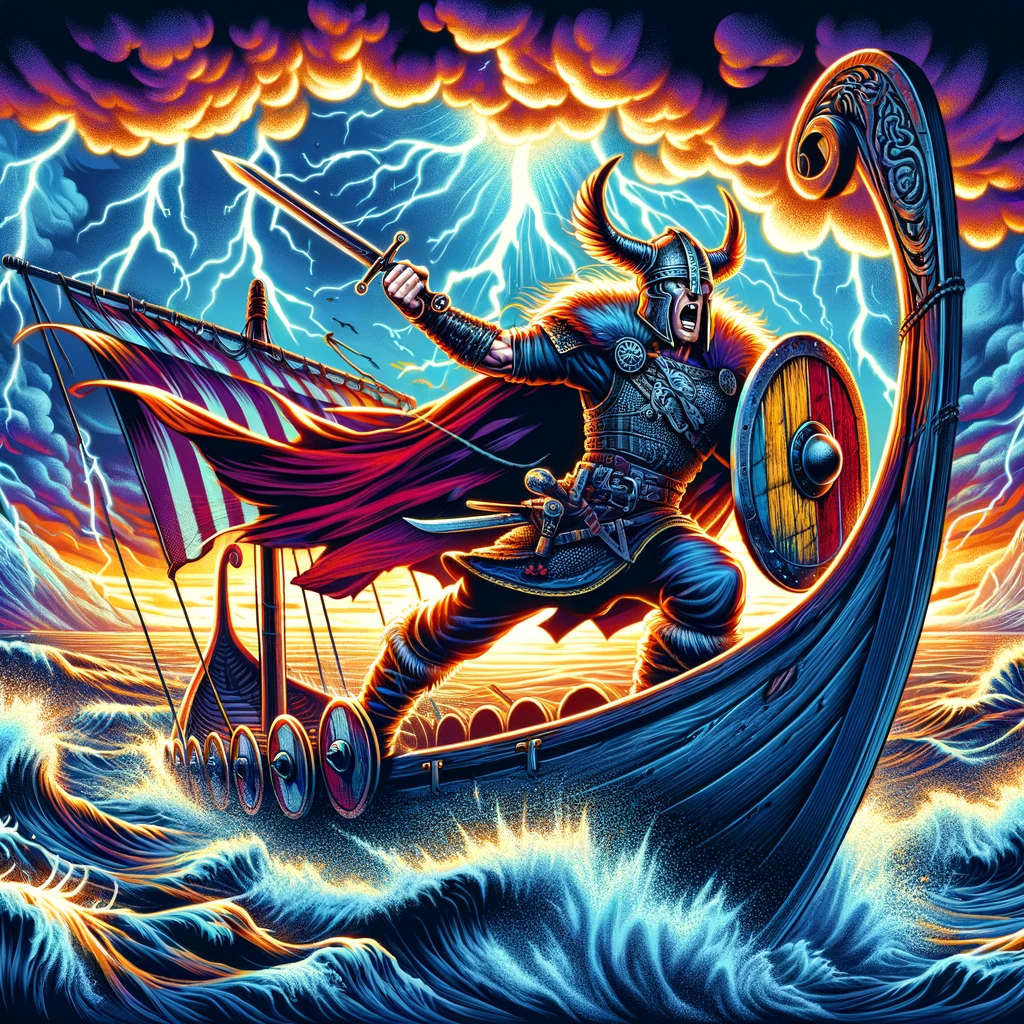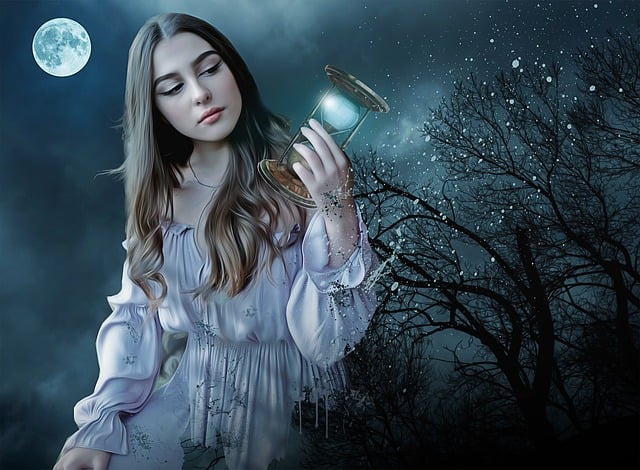Runes are an ancient alphabetic script used by the Germanic peoples, including the Scandinavians, Anglo-Saxons, and others, from about the 1st to the 12th century and beyond. The word “rune” itself comes from the Old Norse word “rún,” which means mystery or secret. Historically, runes were used for writing, divination, and magical purposes. This article will explore the historical use of runes and how they have been adapted for divination practices today.
Historical Background
The earliest runic inscriptions date back to around 150 AD, with the Elder Futhark being the oldest form of the runic alphabets. This script consisted of 24 runes, and it was used across much of Europe before the Viking Age. As time progressed, the number of runes in use changed; for example, the Younger Futhark, used during the Viking Age, consisted of 16 runes.
Runes were carved on various materials such as wood, stone, metal, and bone. These inscriptions ranged from simple names or ownership marks to elaborate poems and memorials. The use of runes for magical purposes is also well documented in historical sources, with inscriptions intended for protection, victory in battle, and love.
Runes and Divination
Divination, the practice of seeking knowledge of the future or the unknown by supernatural means, is one of the most fascinating aspects of the rune lore. The historical evidence for the use of runes in divination is somewhat sparse but compelling. Tacitus, a Roman historian writing in the 1st century AD, described a Germanic tribe using lots (possibly runes) for divination purposes.
In modern times, the use of runes for divination, often called “rune reading” or “rune casting,” has seen a resurgence. This practice usually involves a set of runes, each bearing one of the symbols from the runic alphabets, often stored in a bag. A person seeking insight or guidance will draw runes at random from the bag and then interpret the symbols drawn according to their meanings and the question or situation at hand.
How to Use Runes for Divination

- Prepare Your Runes: You can purchase a set of runes or make your own. Each rune should be marked with a symbol from the runic alphabet.
- Formulate Your Question: Think about what you wish to inquire. It’s important to be clear and focused.
- Draw the Runes: There are several methods for drawing runes, including pulling them out of a bag one at a time, spreading them on a cloth and choosing with your eyes closed, or casting them all at once onto a cloth.
- Interpret the Runes: Each rune has a traditional meaning, often related to the forces and challenges of life. The interpretation can be influenced by the question asked, the position in which the rune lands (if casting), and whether it is upright or reversed.
- Record Your Reading: Keeping a journal of your rune readings can be helpful for reflection and understanding patterns over time.
Some of the runes and the meaning of them:
- Fehu (ᚠ)
- Meaning: Cattle
- Interpretation: Wealth, abundance, financial strength, luck, and prosperity. Fehu is often associated with material success and the rewards of hard work.
- Uruz (ᚢ)
- Meaning: Aurochs (a wild ox)
- Interpretation: Strength, raw energy, health, and determination. Uruz symbolizes the power to overcome obstacles and the courage to face challenges.
- Thurisaz (ᚦ)
- Meaning: Giant or Thor
- Interpretation: Protection, defense, and conflict. This rune is often associated with Thor, the Norse god of thunder, and represents the power to guard against adversaries.
- Ansuz (ᚨ)
- Meaning: A god, possibly Odin
- Interpretation: Communication, inspiration, and wisdom. Ansuz reflects the divine gift of knowledge and the ability to connect through words and thoughts.
- Raidho (ᚱ)
- Meaning: Ride or chariot
- Interpretation: Movement, progress, and journey. Raidho signifies travel, both in a physical and spiritual sense, and the rhythm of life.
- Kenaz (ᚲ)
- Meaning: Torch
- Interpretation: Knowledge, enlightenment, and discovery. Kenaz represents the light in darkness, illuminating the path to understanding and creativity.
- Gebo (ᚷ)
- Meaning: Gift
- Interpretation: Generosity, exchange, and relationships. Gebo symbolizes the balance of giving and receiving and the importance of partnerships.
- Wunjo (ᚹ)
- Meaning: Joy
- Interpretation: Happiness, harmony, and success. Wunjo represents the culmination of efforts leading to well-being and bliss.
- Hagalaz (ᚺ)
- Meaning: Hail
- Interpretation: Disruption, chaos, and transformation. Hagalaz signifies the unpredictable forces of nature and the necessity of change for growth.
- Nauthiz (ᚾ)
- Meaning: Need
- Interpretation: Necessity, resistance, and the power of will. Nauthiz reflects the challenges that lead to self-reliance and the strength found in adversity.
- Isa (ᛁ)
- Meaning: Ice
- Interpretation: Stasis, clarity, and challenge. Isa represents the moments of pause that bring clarity and the challenges that test resilience.
- Jera (ᛃ)
- Meaning: Year or harvest
- Interpretation: Reward, cycles, and peace. Jera symbolizes the fruition of plans and the natural cycle of growth and renewal.
- Eihwaz (ᛇ)
- Meaning: Yew tree
- Interpretation: Endurance, protection, and initiation. Eihwaz represents the strength to withstand adversity and the journey towards inner wisdom.
Runes are a link to the ancient past, serving both as a tool for writing and as a means to access the mystical. While the historical accuracy of runes used specifically for divination is debated among scholars, the modern practice provides a spiritual connection for many to their ancestors and the natural world. Whether used for personal reflection or as part of a broader spiritual practice, runes offer a unique window into the mysteries of the past and the possibilities of the future.



